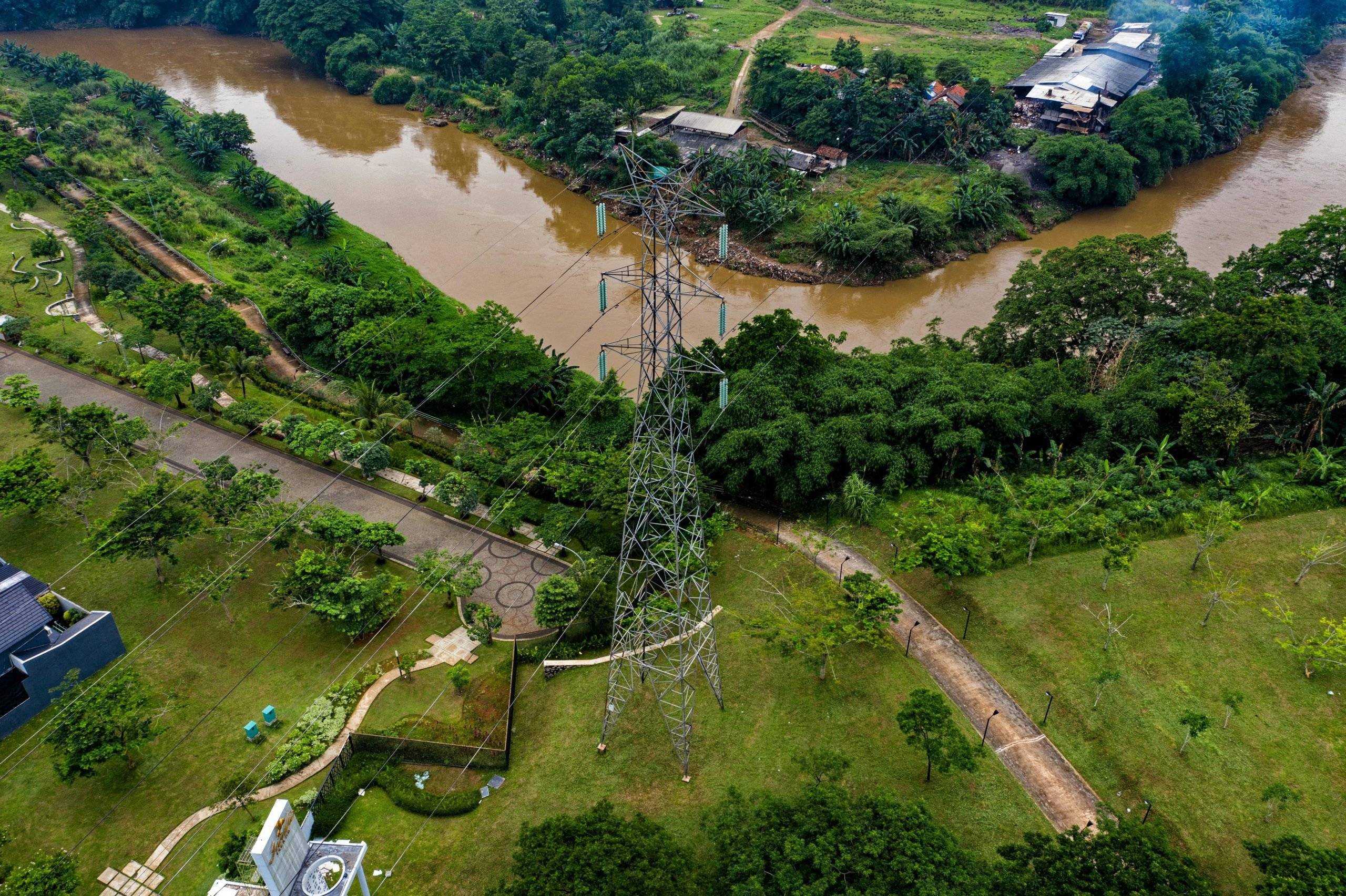Date:2025-07-10
1\ Large-scale solar and wind potential
2\ Job creation and economic growth
3\ Reliable integration of renewables and storage
4\ Regional power trade through projects like LTMS-PIP & BIMP-PIP

1\ Grid modernisation
2\ Regional integration
3\ Market reforms
4\ Flexibility options (e.g. batteries, hydro, demand response)
5\ Investment mobilisation
6\ Planning backed by data and ambition
อนาคตพลังงานสะอาดของอาเซียนขึ้นอยู่กับโครงข่ายไฟฟ้าที่แข็งแกร่งขึ้น
- ศักยภาพพลังงานแสงอาทิตย์และลมขนาดใหญ่
- การสร้างงานและการเติบโตทางเศรษฐกิจ
- การผนวกพลังงานหมุนเวียนและระบบกักเก็บพลังงานอย่างมีเสถียรภาพ
- การค้าพลังงานระดับภูมิภาคผ่านโครงการเช่น LTMS-PIP และ BIMP-PIP
- การปรับปรุงโครงข่ายไฟฟ้าให้ทันสมัย
- การบูรณาการระดับภูมิภาค
- การปฏิรูปตลาดพลังงาน
- ตัวเลือกความยืดหยุ่น (เช่น แบตเตอรี่ พลังน้ำ การตอบสนองความต้องการ)
- การระดมการลงทุน
- การวางแผนโดยใช้ข้อมูลและความมุ่งมั่น

 Location >>
Location >> 
